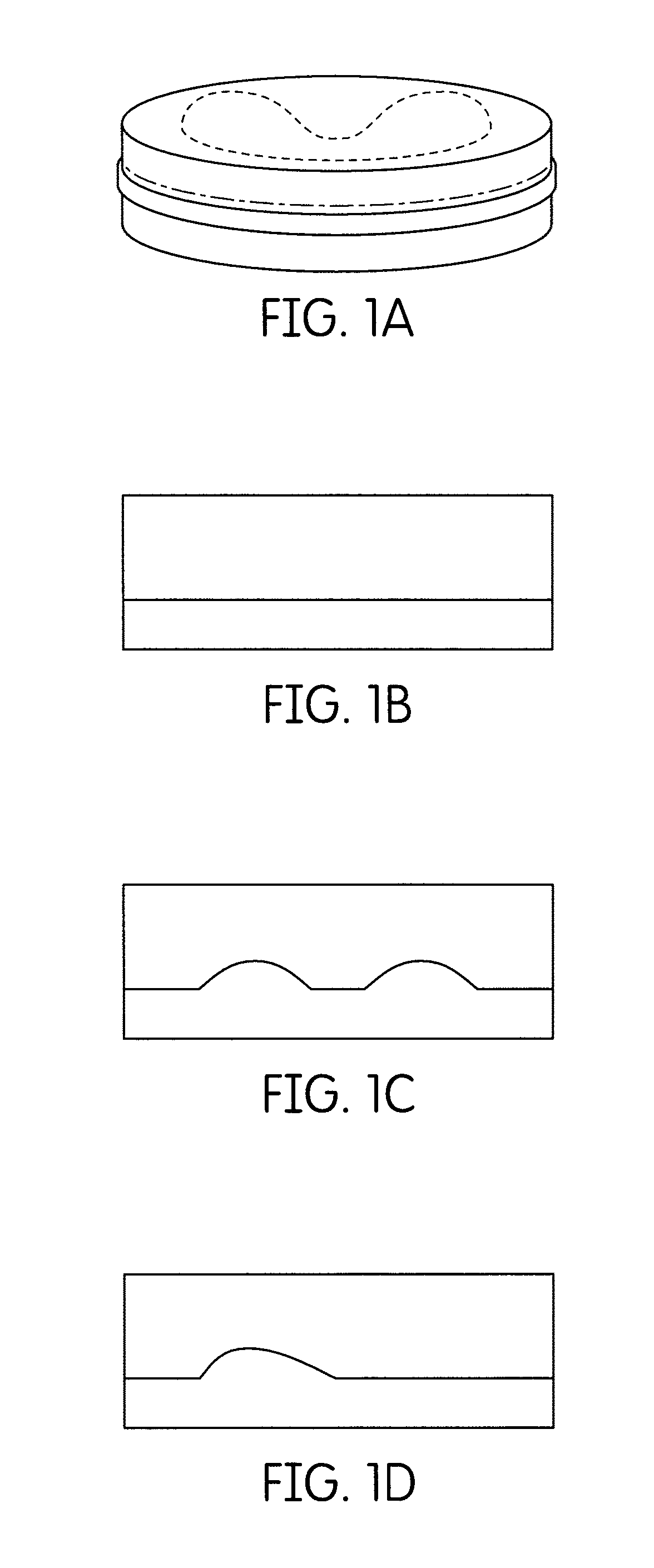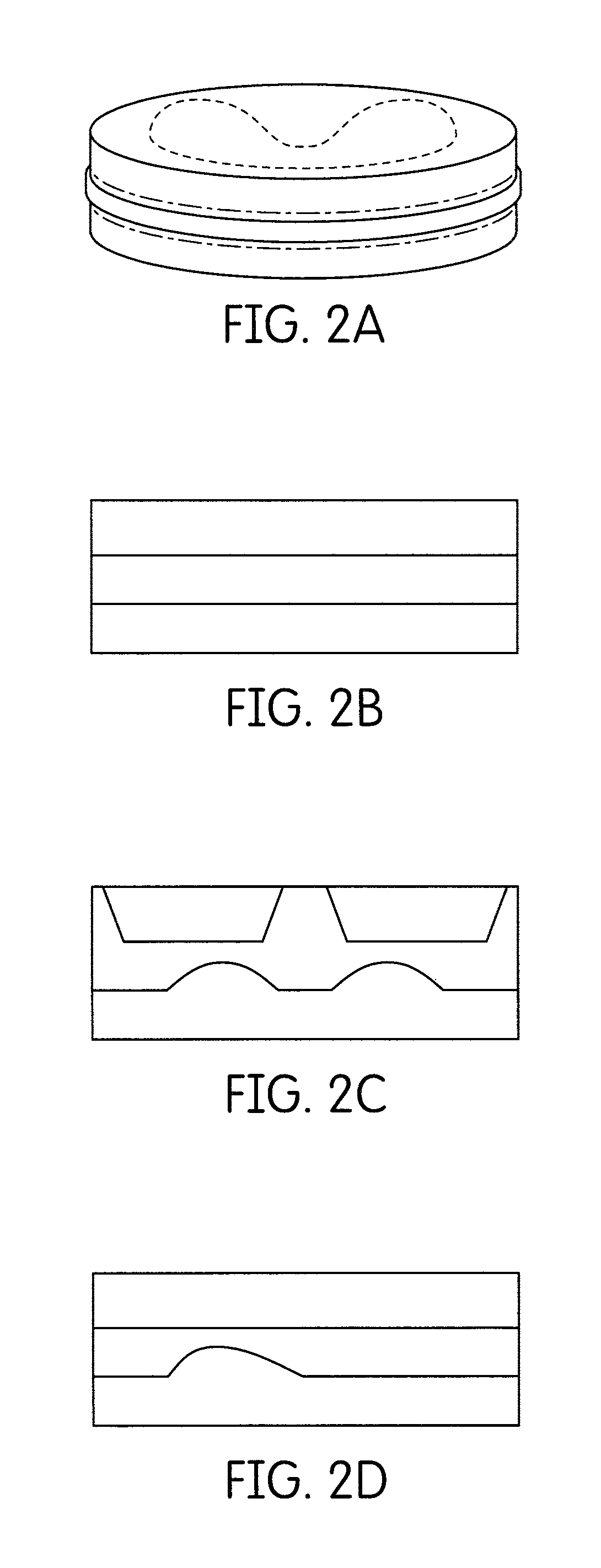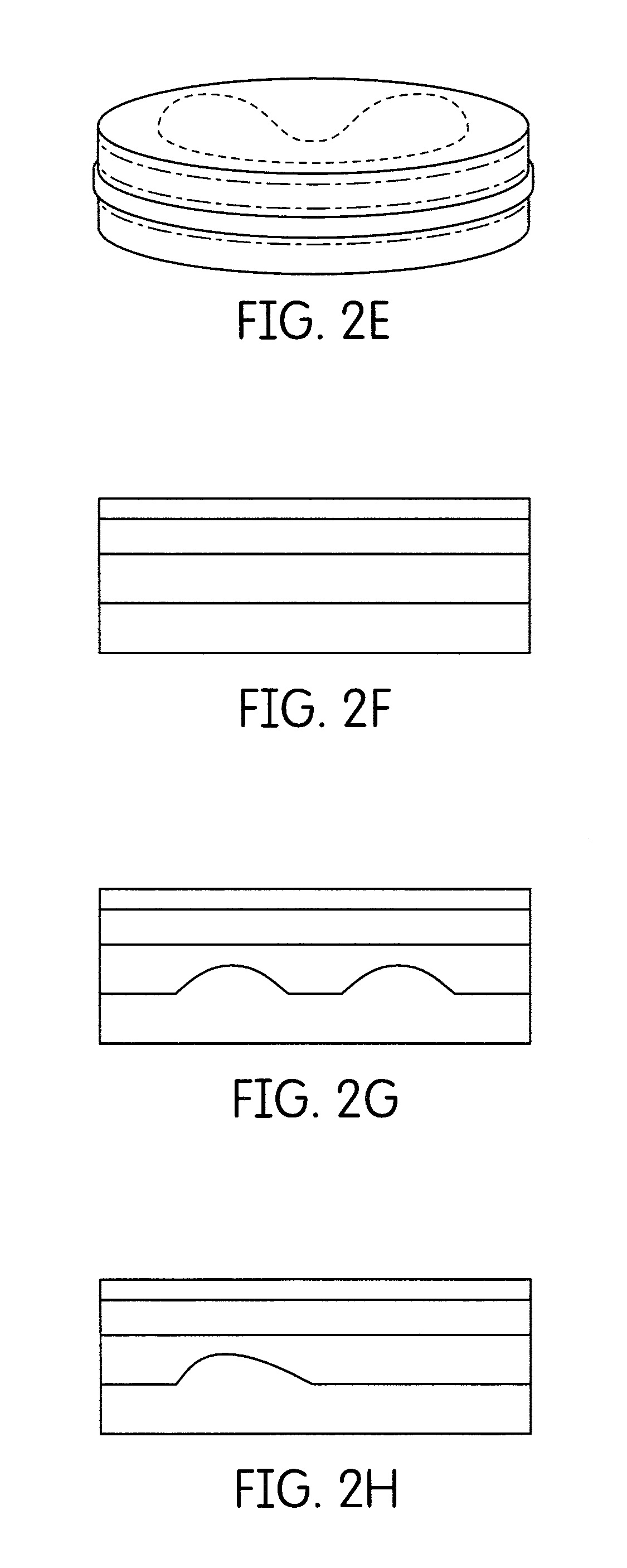Multiple layered denture block and/or disk
a denture block and denture technology, applied in the field of digital dental devices, can solve the problems of adversely affecting the fit of the denture to the patient, time-consuming and laborious, and polymerization shrinkage, and achieve the effect of high wear resistance and stable shap
- Summary
- Abstract
- Description
- Claims
- Application Information
AI Technical Summary
Benefits of technology
Problems solved by technology
Method used
Image
Examples
example 1
Preparation of Oligomer (TBDMA)
[0080]A reactor was charged with 1176 grams of trimethyl-1,6-diisocyanatohexane (5.59 mol) and 1064 grams of bisphenol A propoxylate (3.09 mol) under dry nitrogen flow and heated to about 65° C. under positive nitrogen pressure. To this reaction mixture, 10 drops of catalyst dibutyltin dilaurate were added. The temperature of the reaction mixture was maintained between 65° C. and 140° C. for about 70 minutes and followed by additional 10 drops of catalyst dibutyltin dilaurate. A viscous paste-like isocyanate end-capped intermediate product was formed and stirred for 100 minutes. To this intermediate product, 662 grams (5.09 mol) of 2-hydroxyethyl methacrylate and 7.0 grams of BHT as an inhibitor were added over a period of 70 minutes while the reaction temperature was maintained between 68° C. and 90° C. After about five hours stirring under 70° C., the heat was turned off, and oligomer was collected from the reactor as semi-translucent flexible solid ...
example 2
Preparation of Urethane Monomer (UCDPMAA)
[0081]A 500 mL flask was charged with 38.8 grams (0.200 mol) of 1,3-bis(isocyanatomethyl)cyclohexane under dry nitrogen flow and heated to about 60° C. under positive nitrogen pressure. To this reaction mixture, 3 drops of catalyst dibutyltin dilaurate were added. A mixture of 22.7 grams of 2-hydroxy-3-phenoxy propyl acrylate, 26.6 grams (0.204 mol) of 2-hydroxyethyl methacrylate, 11.5 grams (0.099 mol) of 2-hydroxyethyl acrylate and 0.10 grams of BHT as an inhibitor were added over a period of 70 minutes while the reaction temperature was maintained between 56° C. and 78° C. After about four hours stirring, the heat was turned off, and monomer was collected from the flask as viscous liquid and stored in a dry atmosphere.
Acrylic Liquids
[0082]Acrylic and rubber impact modified acrylic liquids were used to mix with the polymer powders to form pourable liquids or packable doughs to fabricate dental devices. Rubber impact modified liquids contain...
example 3
Impact Modified Liquids
[0083]A polymerizable dental material was prepared by mixing at room temperature a liquid mixture of 12 grams of rubber impact modifier M731 (from Kaneka Corporation), 4 grams of monomer cyclohexane dimethanol diacrylate (CD406 from Sartomer Company), and 84 grams of methyl methacrylate (MMA) by using a Silverson L4RT high shear mixer.
PUM
| Property | Measurement | Unit |
|---|---|---|
| flexural strength | aaaaa | aaaaa |
| flexural modulus | aaaaa | aaaaa |
| flexural strength | aaaaa | aaaaa |
Abstract
Description
Claims
Application Information
 Login to View More
Login to View More - R&D
- Intellectual Property
- Life Sciences
- Materials
- Tech Scout
- Unparalleled Data Quality
- Higher Quality Content
- 60% Fewer Hallucinations
Browse by: Latest US Patents, China's latest patents, Technical Efficacy Thesaurus, Application Domain, Technology Topic, Popular Technical Reports.
© 2025 PatSnap. All rights reserved.Legal|Privacy policy|Modern Slavery Act Transparency Statement|Sitemap|About US| Contact US: help@patsnap.com



